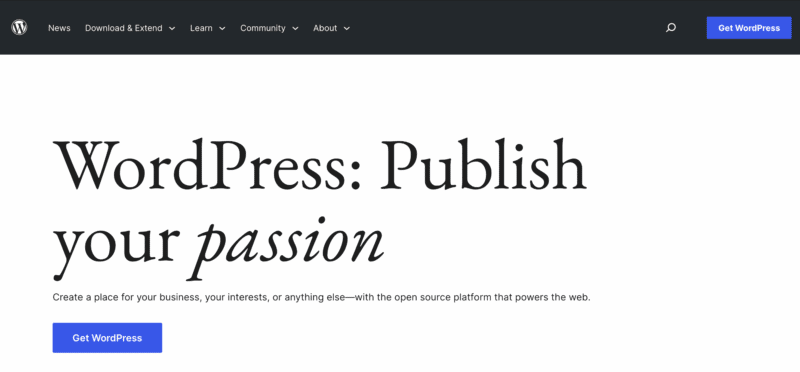
Note: This list is just a small taste of books that have played an important part in my life. I’ve read hundreds of books and it has proven to be impossible to keep a definite updated list of favorite books.
Here’s the one biggest catalyst for most of my successes in life: being a voracious reader. My weapon of choice is the Kindle, I’m constantly on the lookout for new books and articles and sending them to my Kindle for reading later. Coming from a small and pretty isolated island I can definitely say that if I hadn’t read so much I would never have enjoyed the success in life and business that I have.
Although I have three University degrees, I must confess that I skipped most lectures, simply because I felt they were too boring for me. Instead, I spent time in quiet places devouring book after book on the topics that interested me most.
So if you want to be successful and don’t yet have a habit of reading, start now, read something daily, and allocate time during the week for extended reading sessions of 45 minutes to one hour.
Extra bonus tip: Make sure you keep a blog/journal/diary where you can write down new concepts that you learn or ideas that you get while reading.
I speed through lots of books every year but many times I have trouble recalling the ones I’ve read if, for example, someone asks me for a quick recommendation.
It’s also good to have a handy list of books read because it happens that a few months or years down the line you want to revisit a book you’ve previously read, or a specific topic. The answer to these situations is of course to keep a list of books that you read.
I’ve used Goodreads to try and build a virtual bookshelf of sorts, however, it’s been very difficult to maintain, mostly since I read a lot of books every year. My average is around 6-8 per month. So instead, I’ll be trying a different approach and just listing the most impressive books I’ve read about the several topics I’ve gotten into over time.
If I had to ever quit using my Kinde and install a library in my home, you can bet these books will be populating its bookshelves.
Religion & Spirituality
- Waking Up and The End of Faith by Sam Harris
- The God Delusion by Richard Dawkins
- The Power of Now by Eckhart Tolle
- Religion for Atheists by Alain de Botton
- New Seeds of Contemplation by Thomas Merton
- The Miracle of Mindfulness by Thich Nhat Hanh
- Meditation for Beginners by Jack Kornfield
- Why We Believe in God(s) by Richard Dawkins
I would also encourage reading books from Bible scholar Bart Ehrman, he has several good ones.
Business
- The 4-hour workweek by Tim Ferriss
- Anything You Want by Derek Sivers
- Rework by DHH and Jason Fried
- Remote by DHH and Jason Fried
- The E-Myth Revisited by Michael Gerber
- Built to Sell by John Warrillow
- Deep Work by Cal Newport
- Work the System by Sam Carpenter
Psychology & Behavioral Economics
- Thinking, Fast and Slow by Daniel Kahneman
- Predictably Irrational by Dan Ariely
- The 7 Habits of Highly Effective People by Stephen Covey
- How to Win Friends and Influence People and How to Stop Worrying and Start Living by Dale Carnegie
- The Subtle Art of Not Giving a F*ck by Mark Manson
- Mindwise by Nicholas Epley
- The Chimp Paradox by Steve Peters
- The Paradox of Choice by Barry Schwartz
- Fooled by Randomness, The Black Swan, and Antifragile by Nassim Nicholas Taleb
- Outliers, Blink and The Tipping Point by Malcolm Gladwell
- Essentialism by Greg McKeown
Philosophy
- Genome, The Rational Optimist and The Red Queen by Matt Ridley
- The Antidote by Oliver Burkeman
- A Guide to the Good Life by William Irvine
- The Republic by Plato
- Meditations by Marcus Aurelius
Investing
- Money Master the Game by Tony Robbins
- Principles by Ray Dalio
- Rich Dad Poor Dad by Robert Kiyosaki
- The Richest Man in Babylon by George Clason
I would also recommend going through the investing curriculum for other great investing books.
History & Future
- Sapiens by Yuval Noah Harari
- Homo Deus by Yuval Noah Harari
- The story of civilization by Will and Ariel Durant
- Guns, Germs and Steel by Jared Diamond
- A short history of nearly everything by Bill Bryson
Health
- Why We Sleep by Matthew Walker
- Sleep by Nick Littlehales
Sports & Sports Psychology
- Which Comes First, Cardio or Weights? by Alex Hutchinson
- The Champion’s Mind by Jim Afremow and Jim Craig
- The Brave Athlete by Simon Marshall and Paterson Lesley
- Winning Ugly by Brad Gilbert and Steve Jamison
- The Inner Game of Tennis by W. Timothy Gallwey
Economics
- The New Confessions of an Economic Hit Man by John Perkins
- Misbehaving by Richard Thaler
- Economics in One Lesson by Henry Hazlitt
Biographies
- Steve Jobs and Leonardo da Vinci by Walter Isaacson
- Giocare da Uomo by Javier Zanetti
Politics
- Political Order and Political Decay and The Origins of Political Order by Francis Fukuyama
Science Fiction & Fantasy
- Check out these Science Fiction and Fantasy lists on Goodreads
Looking for more books? While I continue to update the list above, check this great list of books, and this one too, many of which I’ve also read and can recommend.
I’m also working my through this collection of great essays.




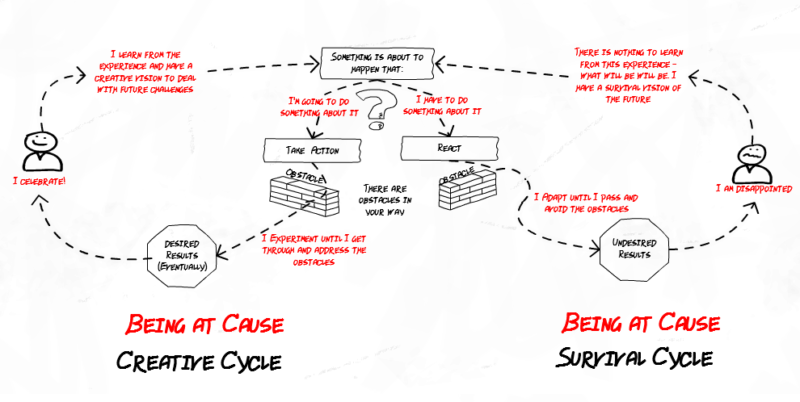
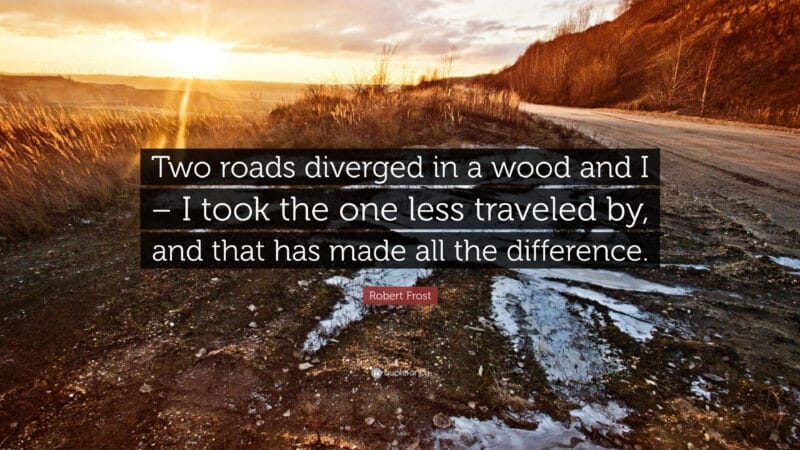


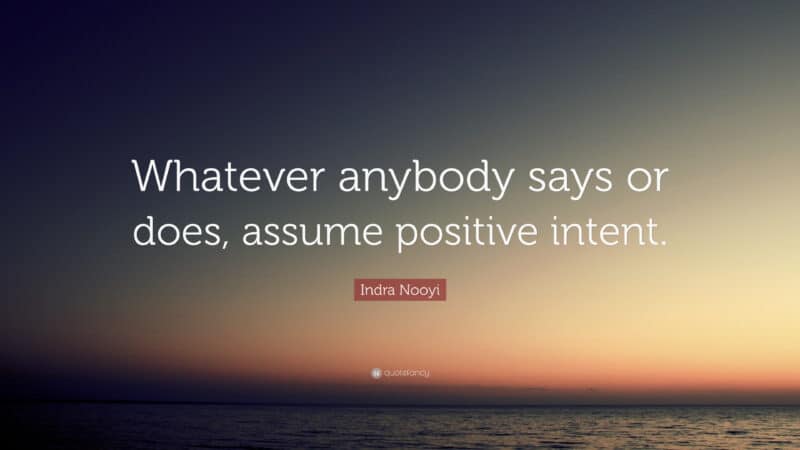 Many conflicts, arguments and disagreements tend to stem from the fact that we assume the offending party set out to harm us in some way. In other words, they have an evil agenda or negative intent.
Many conflicts, arguments and disagreements tend to stem from the fact that we assume the offending party set out to harm us in some way. In other words, they have an evil agenda or negative intent.

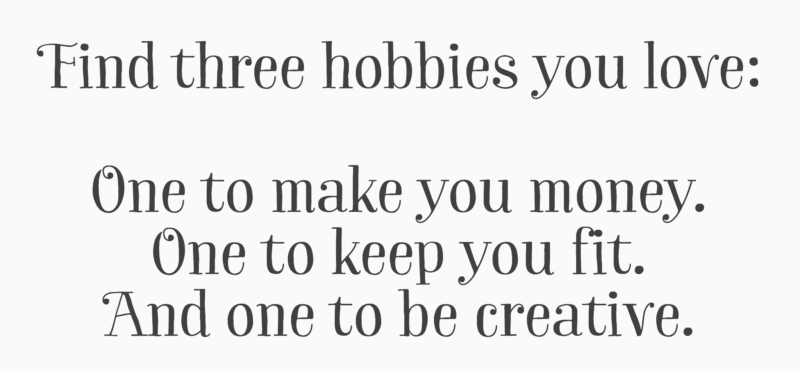

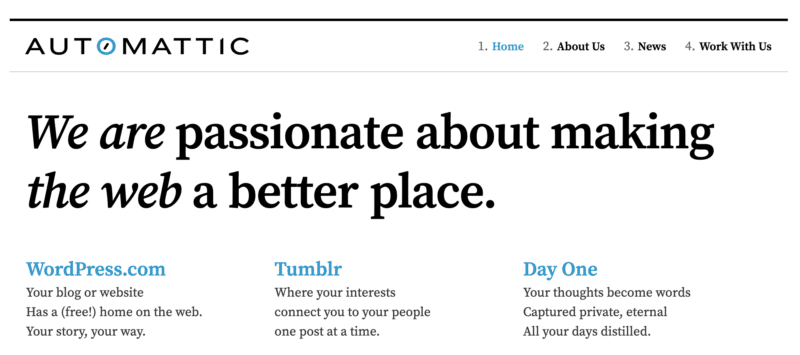
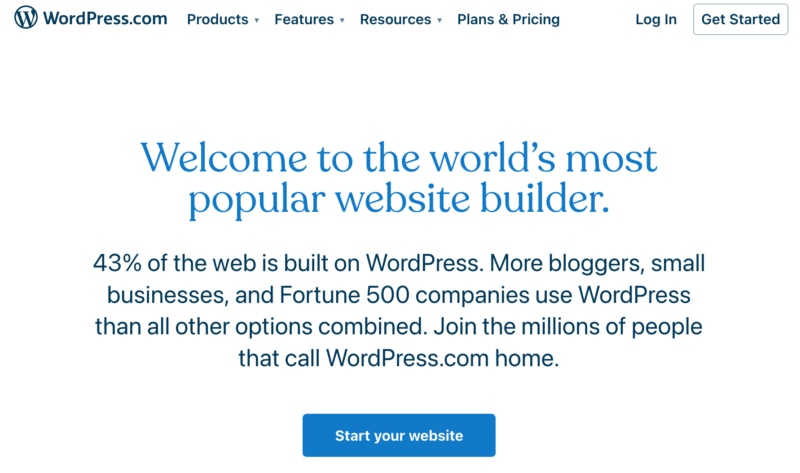 The first point of confusion for any prospective WordPress user is the differentiation between WordPress.com and WordPress.org.
The first point of confusion for any prospective WordPress user is the differentiation between WordPress.com and WordPress.org.